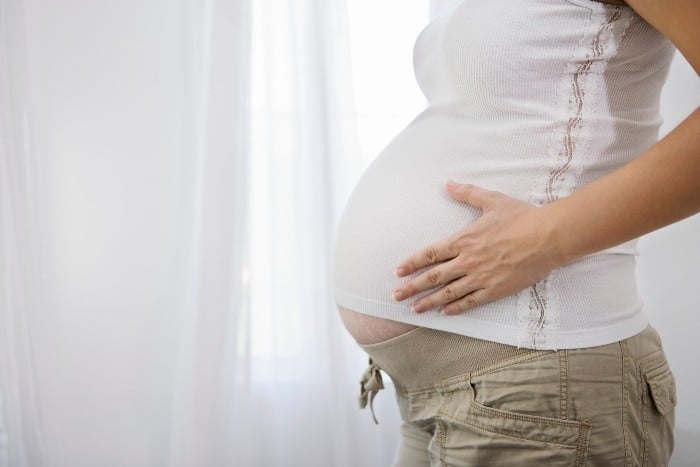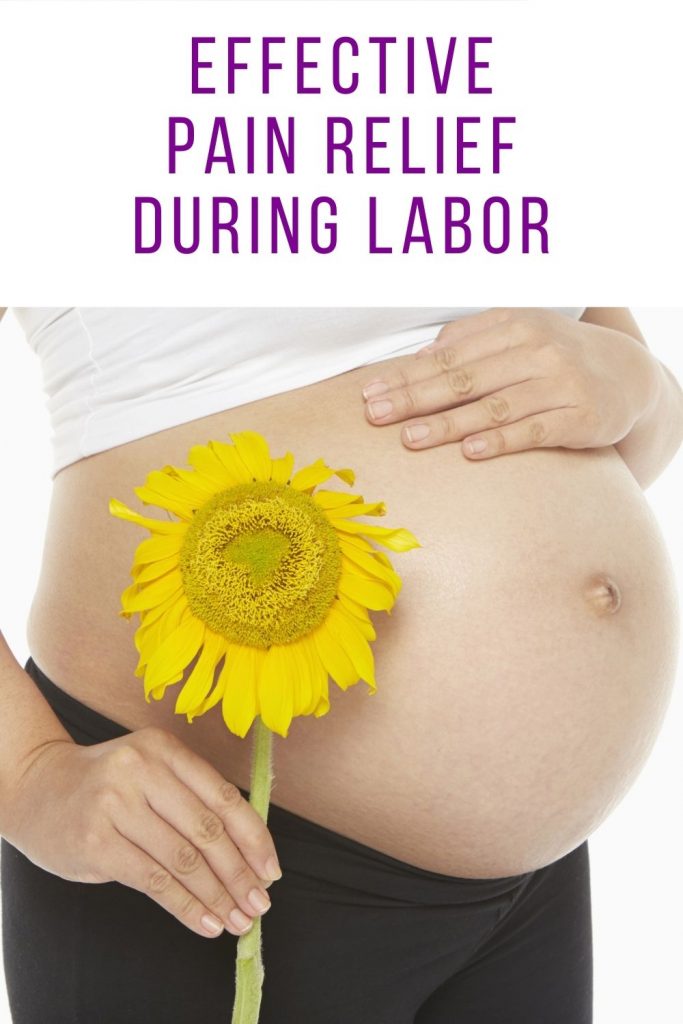Are you looking for an effective way to get pain relief during labor? Women have been giving birth for centuries and pain relief for laboring moms began demanding painless births in the l850s. Queen Victoria used ether during her labor. This is the first account of women giving birth under induced-anesthesia. During these days, induced anesthesia used drugs to make the mother unconscious, called twilight sleep, so that she wouldn’t remember the painful effects of labor.
Disclosure: This post is for informational purposes only.
Doctors weren’t a fan of this method, especially in America, because it not only caused harm to laboring mothers but the drugs used crossed over the placenta and passed to the baby. Women who were unconscious would act like banshees, clawing, screaming, thrashing around, hitting their heads on walls, and would need to be restrained to the bed. Babies were being born drugged and had a hard time breathing. It wasn’t until the 1970s when doctors stopped using anesthesia on laboring moms.
Moms today have a wide variety of options to help relieve pain during labor. Women also have the choice to be in charge of their birth plan as long as their baby isn’t in imminent danger. They also have the choice to choose between non-invasive techniques to receiving drugs to provide pain relief during labor.
Effective Pain Relief During Labor
Let’s take a look at the options available for administrating effective pain relief during labor. Gotta keep those laboring moms as comfortable as possible.

Changing Position
Moms are no longer restricted to the bed as long as there aren’t any complications or need for constant monitoring. Laboring on your back has some drawbacks. Changing positions throughout the laboring process can help relieve pain and allow your baby to drop down into the pelvis easier.
New moms are also encouraged to stay home for longer periods of time so that they are free to move about without the need for constant monitoring. Plus, hospitals won’t admit you until you are at least 4 cm dilated or have complications that need immediate treatment. Simply changing positions is one of the most effective pain relief for laboring moms.
Laboring in Water
Women have discovered that laboring in a bath, shower, or pool of warm water has gained popularity over the last ten years and is an effective pain relief for laboring moms. As you are laboring in the tub or pool, moms have noticed that the buoyancy of the water helps take the pressure off the low back muscles making it easier to deal with labor pains. Also, some women prefer to sit in the shower with hot water streaming over their low back.
Ask your doctor if you are a candidate to birth as long as possible in the bath or shower. Choosing a midwife and using a birthing center vs a hospital can help manage your requests as long as your birth is low risk. Many women will use the birthing tub or pool until transition and other moms are allowed to have a water birth. Look up your state laws to determine if you can opt for a water birth.

Counter Pressure
Laboring moms have found that using counter-pressure to provide ample pain relief during labor. You will need a doula or a birthing partner to apply steady and constant pressure to one spot during a contraction using the heel of their hand. Using this method of pain relief is found useful if you are experiencing back labor. Also, your doula or birthing partner can also provide pressure to the side of the hips using both hands.
Gas and Air
Gas and Air is a light pain relief solution that is often used during labor. Doctors will administer a mixture of nitrous oxide and oxygen that mom breaths in to help take the edge off of painful contractions. Don’t expect it to take all of the pain away but consider it a safe distraction that won’t leave you sedated or groggy. It also doesn’t pose problems like breathing problems for your baby.

Narcotic Pain Medication
Narcotic pain medications have been used during labor and delivery for many years. Your doctor can order the nurses to administer IV pain medication to help take the edge off the contractions. Most of these medications can make you groggy or sleepy, which could be very beneficial in early labor so that you can get some rest. Narcotic pain medications do cross over the placenta and can cause possible side effects for your baby.
Epidural
Epidurals are the most popular pain relief during labor. The initial injection in the epidural space that lines the membrane of the spinal column is given by an anesthesiologist. You will be given the injection between contractions and you have to remain very still during the procedure to avoid complications.
But once the medication takes effect, you will likely be able to comfortable until you deliver the baby. There is a small chance that the epidural won’t help but a majority of moms don’t have any issues. You will be bound to the bed at this point because you are numb from the waist down. The great thing about having an epidural, you won’t be able to feel pain but you will still be able to tell when it is time to push.
Women have been giving birth for centuries but prior to the early 70s, there weren’t many options when it came to a pain-free birth. As long as there are no complications, laboring moms are allowed to be in charge of their birth plan including what type of pain relief you would like to use. You can choose from minimally invasive to mediations to provide pain relief during labor.






I dont believe many of the natural pain relievers would help me. I had a c-section. And they told me I will always have one if I have another kid which they actually advise against me having another.
I would have to go straight to the epidural!
I tried changing positions often. This list is great for expecting moms!